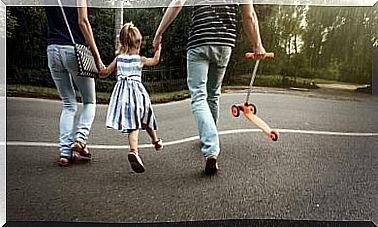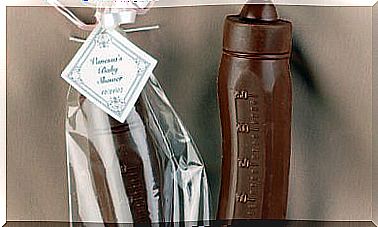The Traffic Light Technique To Control Emotions In Children

Every day we see children in the street crying, kicking and making scandals to their parents for different reasons. It is even possible that our own child has behaviors associated with impulsivity. If so, the traffic light technique could help us a lot.
When the volcano of emotions is activated, it is common to see two responses to defects in the child’s education: parents who acquire an even more irrational attitude or overly condescending adults who allow themselves to be manipulated by their children. Obviously, neither of the two positions is correct.
But what would you think if there was a mechanism for your child to manage his own tantrums? That is precisely what the traffic light technique is all about.

Red, yellow and green: each light has its meaning
This method of self-management of emotions consists of showing our children how their moods are in a graphic way. Every time there is a problem, we will explain to them what phase they are in and what that entails. Let’s see what each color of the traffic light means:
Red: Anger is controlling him and, if the child does not change his attitude, they will face exemplary punishment. If you do not stop, the penalty must be imposed and that is when we will definitely show you the color red.
Yellow: Time to think. The child is agitated, but has not yet got out of hand. If you are upset and have calmed down, we will invite you to think and discuss the situation we are facing. Alert stage, where we can still invite him to reason.
Green: The child dialogues, speaks and receives explanations about what he is proposing. If it stays that way, we show the color green and congratulate you on your self-control. In this phase, we can offer a solution to your problem and even positive reinforcement.
How can we get started?
One fine day, when the child starts to get angry, we will show him the regime of the traffic light technique. We can tell you that we are tired of punishing you and that is why we will implement this new procedure or agreement.
Then we will place a cardboard in the shape of a traffic light on the wall. We can cut out circles with the respective colors and place them according to the child’s mood. Another option is to have them glued and point out the color corresponding to their state with your finger.
It is also good to continue with this method when we are away from home. Depending on how the child is behaving, we will tell you what color the traffic light is.
Some considerations about the traffic light technique
We can use this mechanism in children up to five years of age. The idea is not only to control the child through punishment, but to guide him to manage his anger. He or she will have the time and the necessary warnings before things get out of hand.

The goal is simple: children must learn to identify their level of impulsivity over time. The colors will illustrate them and make them think twice before continuing. In some ways, this is a lot like counting to ten before losing your mind.
Of course, this method involves repetitive teaching tasks on the part of the parents. Even in leisure time we can organize a game where the child identifies the levels of impulsivity with colors. The technique is similar to what we do when we teach them numbers or colors.
Advantages of this self-monitoring technique
- The teachings around emotional intelligence are much more didactic and practical. Without a doubt, this is much more illustrative than being aggressive or being as annoying as they are. When the adult loses control, he could be sending an unclear signal to his children.
- We give the little ones the opportunity to become aware of their own character. The dispute process will stop being something purely emotional to become a lesson. In addition, in the activity he will understand that he will be able to make a difference from his own way of acting.
- The rules will be more than clear and the child will internalize the self-management of his animosity. Of course, for this to work, parents must lead by example and be patient enough when explaining. The idea is to forge a disciplined and reasonable future adult.










